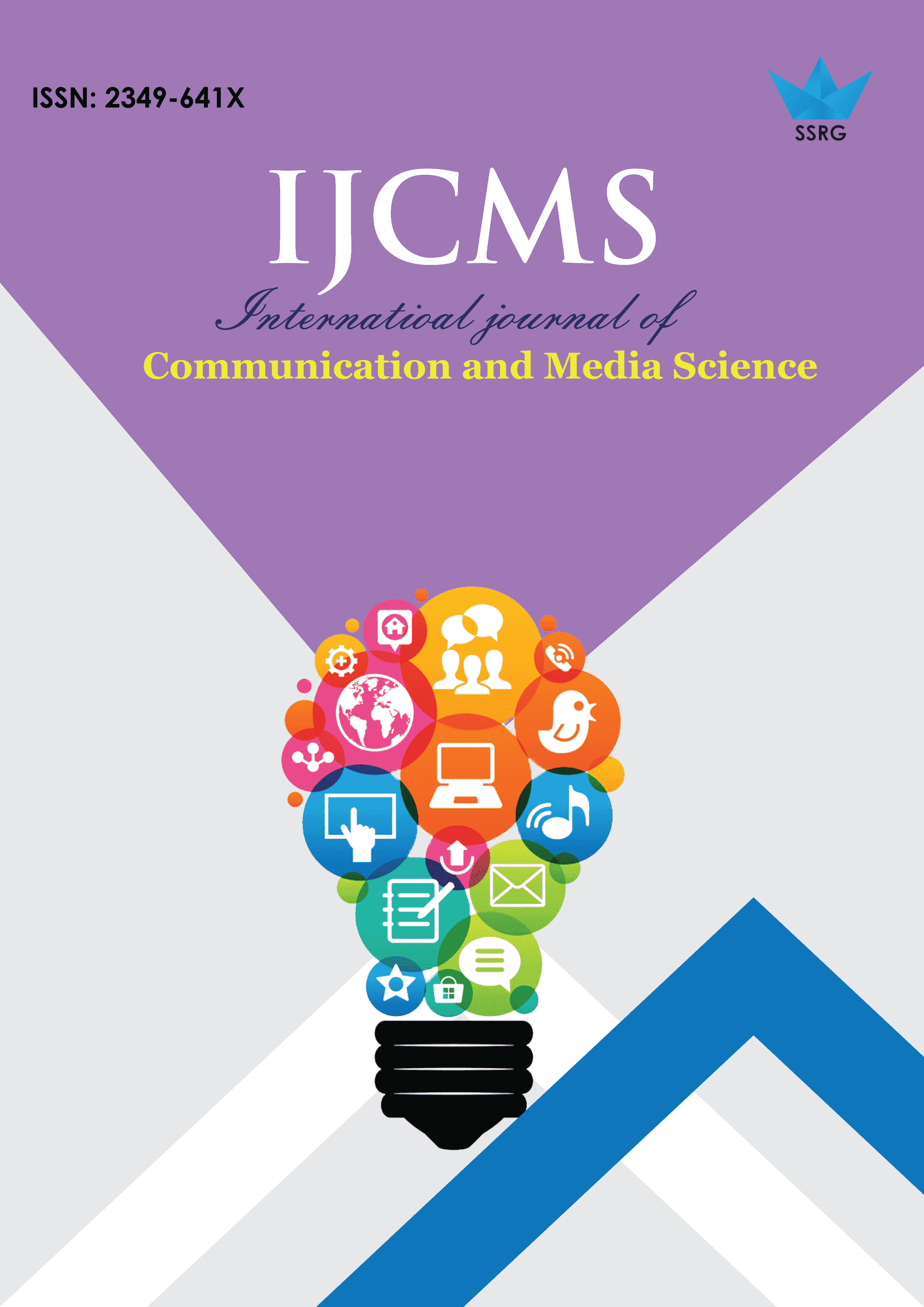A New Powerfactor Correction Technique by using PFC Boost Converter

| International Journal of Communication and Media Science |
| © 2017 by SSRG - IJCMS Journal |
| Volume 4 Issue 3 |
| Year of Publication : 2017 |
| Authors : S.Sarath Kumar and Manoj Samal |
How to Cite?
S.Sarath Kumar and Manoj Samal, "A New Powerfactor Correction Technique by using PFC Boost Converter," SSRG International Journal of Communication and Media Science, vol. 4, no. 3, pp. 1-3, 2017. Crossref, https://doi.org/10.14445/2349641X/IJCMS-V4I4P102
Abstract:
The necessary and sufficient condition for utilization of power is based on power quality. That is qualitative power should be transmitted from sending end to receiving end. Qualitative power is the transmission of power with negligible losses .Generally non linear loads are main source of harmonics. This thesis furnish a new scheme of compensation of the harmonic current produced by a diode rectifier in order to secure a power factor nearer to unity and regulate the DC-bus voltage. This is control technique employed one PFC Boost Converter, as it is connected in shunt with the diode rectifier in order to compensate the harmonic currents which are haggard by single phase diode rectifier. Generally non-linear loads are the main source of harmonics. The PFC boost converter draws purely sinusoidal current from source. In presence of diode rectifier the PFC boost converter draws current in such a way that the total current drawn from source becomes purely sinusoidal.
Keywords:
power factor correction (PFC), Total harmonic distortion (THD).
References:
[1]. J.T. Boys, A.W. Green, “Current-forced single-phase reversible rectifier,” IEE Proc. B 136, Vol. 3, 1989, pp. 205–211.
[2]. S. Manias, “Novel full bridge semi controlled switch mode rectifier,” IEE Proc. B 138, Vol. 3, 1991, pp. 252–256.
[3]. R. Martinez, P.N. Enjeti, “A high-performance single-phase rectifier with input power factor correction,” IEEE Trans. PE 11, Vol. 2, 1996, pp. 311–317.
[4]. B.R. Lin, D.P. Wu, “Implementation of three-phase power factor correction circuit with less power switches and current sensors,” IEEE Trans. AES 34, Vol. 2, 1998, pp. 664–670.
[5. H. Akagi, A. Nabae, S. Atoh, “Control strategy of active power filters using multiple voltage-source PWM converters,” IEEE Trans. IA 22,Vol. 3, 1986, pp. 460–465.
6]. B. R. Lin, “A single-phase three-level pulsewidth modulation AC/DC converter with the function of power factor corrector and active power filter,” Electric Power Systems Research 58, 2001, pp. 157–167.
[7]. P. Karuppanan, Kamala Kanta Mahapatra, “PI and fuzzy logic controllers for shunt active power filter,” ISA Transactions 51, 2012, pp. 163–169.
[8]. L. Rossetto, G. Spiazzi, and P. Tenti, “Control techniques for power factor correction converters,” in Proc. Power Electronics, Motion Control (PEMC), September 1994, pp. 1310–1318.

 10.14445/2349641X/IJCMS-V4I4P102
10.14445/2349641X/IJCMS-V4I4P102